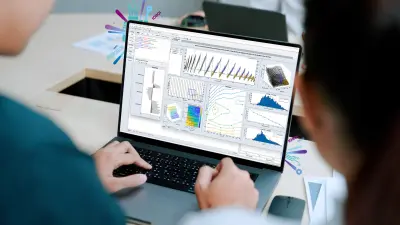Kickstart future mobility
At ETAS, we empower automotive OEMs and suppliers to shape the future of mobility – a future where cars are powered by software, delivering superior connectivity, comfort, efficiency, and safety. By streamlining the development of software-defined vehicles, we help you manage software complexity, accelerate development cycles, and ensure safety and security compliance. We provide the software that enables you to rapidly develop, seamlessly integrate, accurately calibrate and reliably diagnose your automotive systems.

Loading the video requires your consent. If you agree by clicking on the Play icon, the video will load and data will be transmitted to Google as well as information will be accessed and stored by Google on your device. Google may be able to link these data or information with existing data.

Shift your software delivery performance into a higher gear
As we move toward the software-defined vehicle, automotive applications need to be developed much faster and deployed at scale. Vast amounts of data must be collected and analyzed to inform data-driven development of vehicle functions. To keep pace, you need to integrate development and test toolchains and establish an efficient DevOps process through standardized base software, middleware, and configuration tools – all while maintaining safety and security.We at ETAS help you to achieve this with our expertise, solutions and services

Contact us
Do you have any questions? Feel free to send us a message. We will be more than happy to help. Contact us today!


















